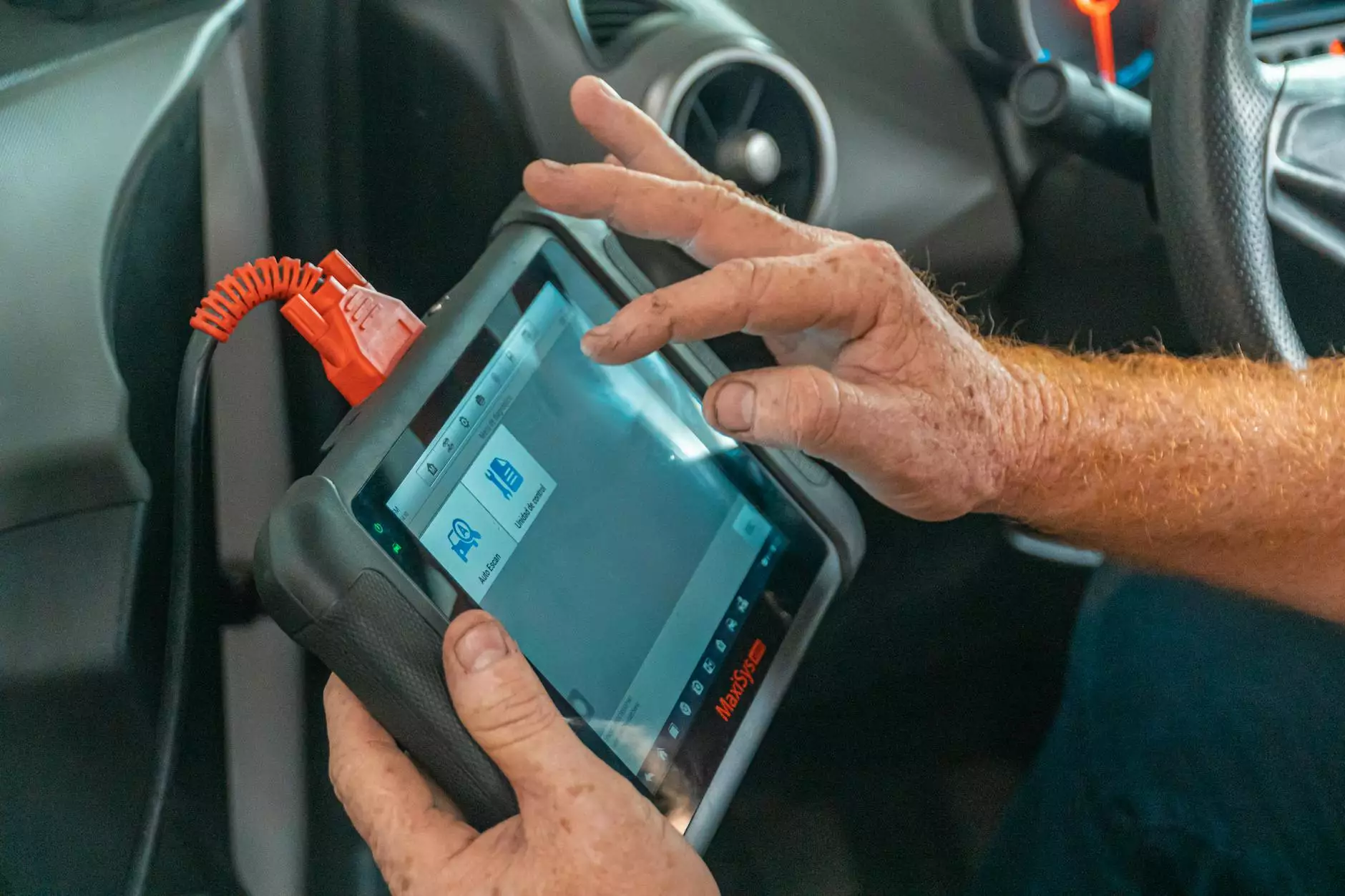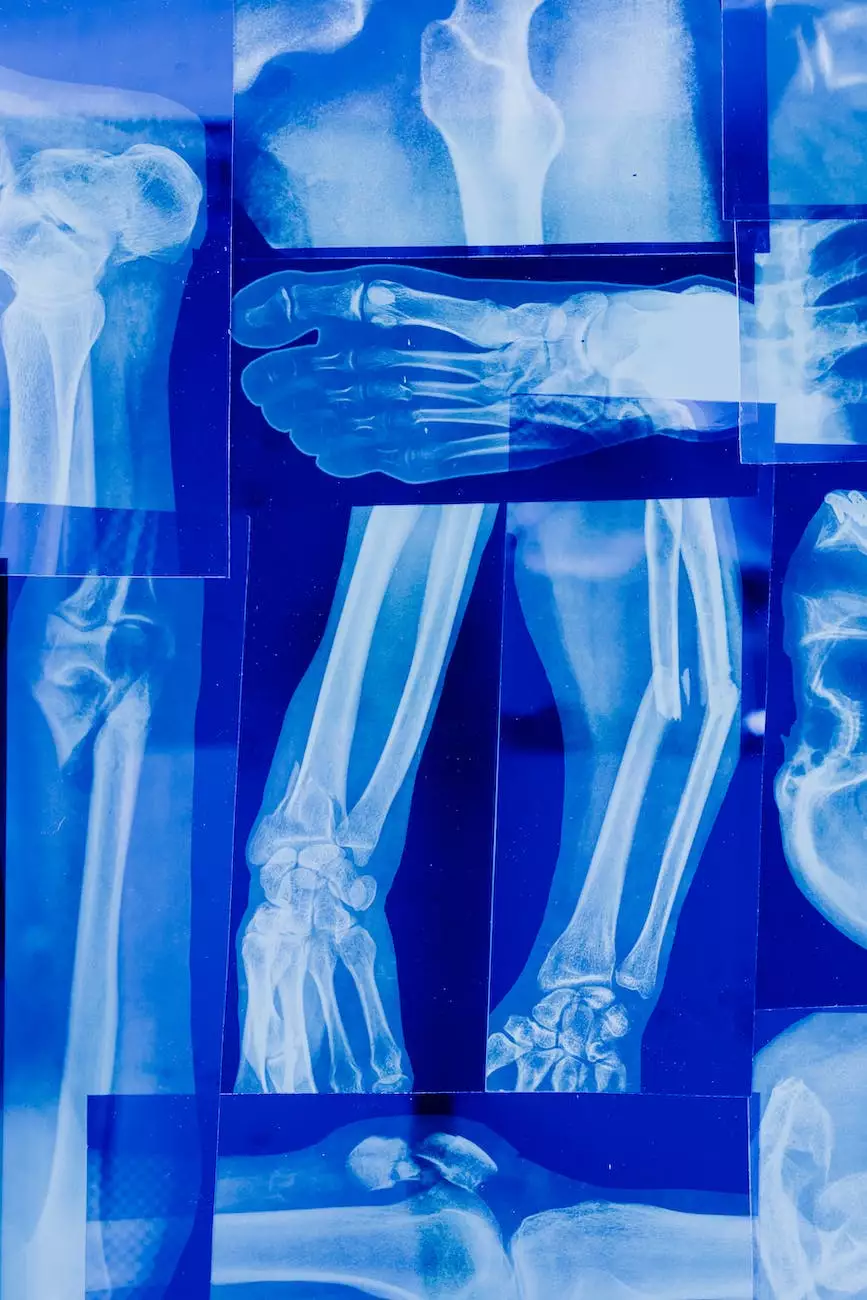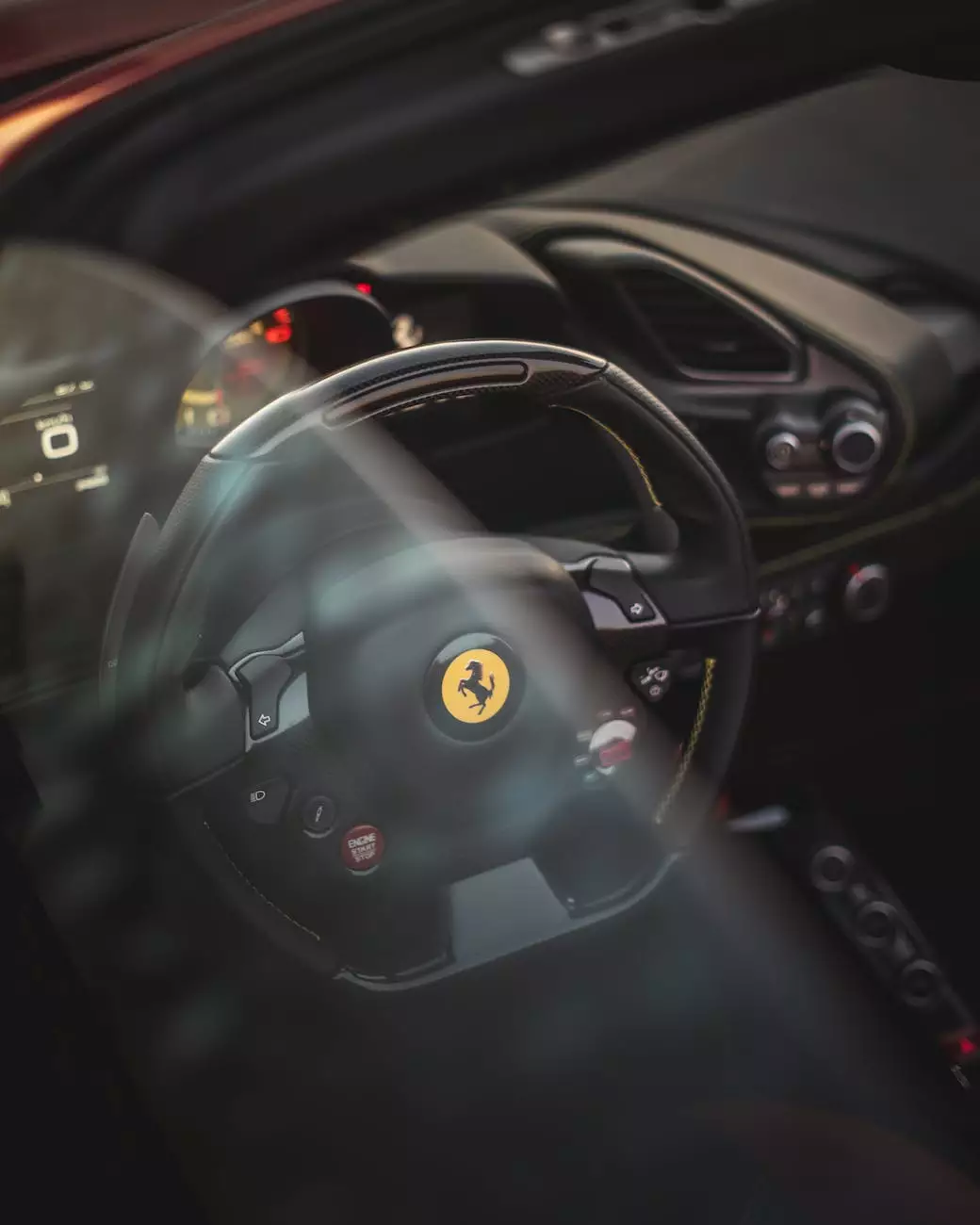How to Protect Your Car's Paint When Working on the Engine
Chassis
When it comes to working on your car's engine, it's essential to take the necessary steps to protect your vehicle's paint. Dealing with engine components and tools can pose a risk of scratching or damaging the exterior of your car. At Grafco Electric, we understand the importance of maintaining the appearance of your vehicle, which is why we've put together this comprehensive guide on how to protect your car's paint when working on the engine.
1. Clean your car before starting any work
Prior to beginning any engine-related work, it's crucial to clean your car thoroughly. This includes washing the exterior with a mild car detergent and ensuring the surface is free from dirt, debris, and contaminants. Cleaning your car beforehand helps eliminate the risk of scratching the paint while working.
2. Cover your car with a protective car cover
Investing in a high-quality, breathable car cover is an effective way to shield your vehicle's paint from dust, particles, and accidental scratches while working on the engine. Make sure the cover fits properly and is securely fastened to avoid any movement or damage to the paint.
3. Use a fender cover or fender liner
A fender cover or liner is a specifically designed protective barrier that shields the paint from accidental scratches and damage caused by tools or sharp objects. Placing a fender cover or liner over the exposed areas helps ensure that your car's paint remains intact and unharmed during engine maintenance.
4. Apply painter's tape to vulnerable areas
Painter's tape is a handy tool that can be used to protect specific areas of your car's exterior from potential damage. Prior to starting any work, identify the areas that are prone to scratches or chemical spills, such as the edges of the fenders or the hood. Apply painter's tape to these vulnerable areas to act as a protective barrier.
5. Avoid leaning on the car
While working on the engine, it's important to avoid leaning or resting on your car's exterior. Even if you take precautionary measures, unintentionally placing weight on the surface can cause dents, scratches, or paint swirls. Always be mindful of your body positioning to prevent any unnecessary damage.
6. Use proper hand tools and techniques
Using the correct tools and techniques is crucial to preventing paint damage. When working on the engine, make sure to use well-maintained, non-abrasive tools that are specifically designed for the task at hand. Avoid using excessive force or improper angles that may lead to accidental scratches or dents on your vehicle's surface.
7. Keep the work area clean
Clutter and debris in your work area can increase the chances of accidentally scratching or damaging your car's paint. Before starting any work, ensure that the area surrounding the engine is clean and free from loose tools or materials. Regularly clean up after yourself to minimize the risk of debris contacting your vehicle.
8. Remove chemicals and fluids carefully
When handling chemicals and fluids while working on the engine, it's important to be cautious. Avoid spilled chemicals or fluids coming into contact with your car's paint, as they can cause stains or even strip the protective layers. Always clean up spills immediately and use proper containers or funnels to minimize the risk of accidental damage.
9. Perform regular inspections
After completing your work on the engine, take the time to inspect your vehicle's exterior thoroughly. Look for any signs of damage or scratches that may have occurred during the process. Address any issues promptly to prevent further deterioration or corrosion of your car's paint.
Conclusion
Protecting your car's paint when working on the engine is crucial to maintaining its aesthetic appeal and overall value. By following these tips provided by Grafco Electric, you can minimize the risk of damage and keep your vehicle looking its best. Remember to clean your car before starting any work, use protective covers and tapes to shield vulnerable areas, and practice proper techniques and tool usage. With these measures, you can confidently work on your car's engine while safeguarding its paint from scratches, chemical damage, and other potential hazards.




